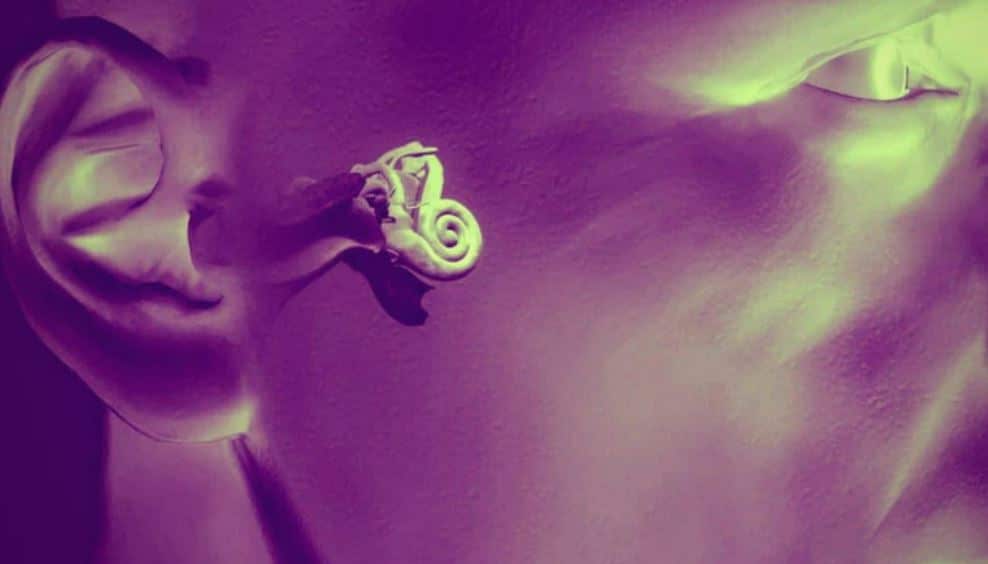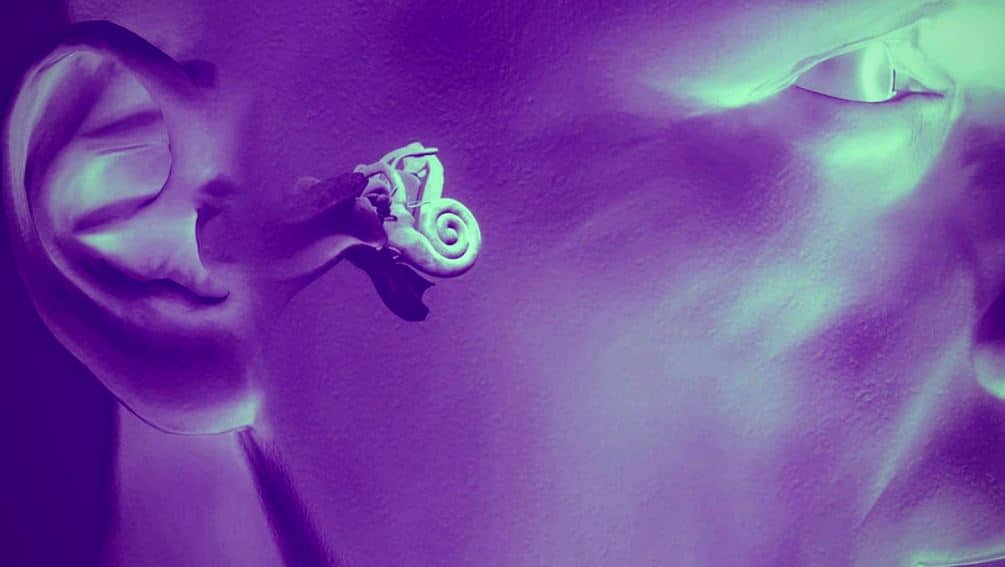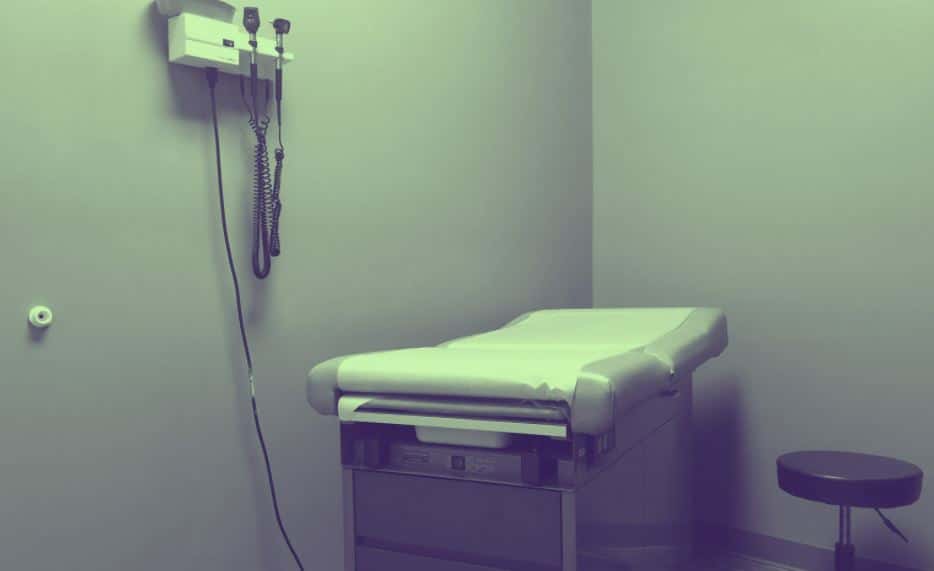Jul. 19, 2022
My most recent blog discussed the state (or lack thereof) of the development of a Clinical Practice Guideline (CPG) for acute vertigo. I ended the blog with the following thought: “Is it possible that a Clinical Practice Guideline for acute vertigo could result in more accurate diagnosis and more effective treatment, while at the same time dramatically reducing cost? There
















